Infectious diseases. Later, chronic, geriatric
In 1902 Acton Urban District Council purchased 12.25 acres of land in Wales Farm Road from the Goldsmith Estate in order to build an isolation hospital (since 1889 patients with infectious diseases had been sent to Willesden). Included in the sale were two leasehold houses and The Friars, a 3-storey 18th century house.
The Acton Isolation Hospital opened in 1905 with 33 beds. The Friars became the administrative building, while three separate pavilions had been built to contain the wards.
In 1909 a new pavilion was added, which had 30 beds.
In 1929 the LCC took over the administration of the Hospital and the Acton and Wembley Joint Hospital Committee was appointed to manage it.
Following further expansion, by 1931 the Hospital had 88 beds.
In 1946 it became an annexe to the Central Middlesex Hospital, prior to joining the NHS in 1948 under the control of the Central Middlesex Group Hospital Management Committee, part of the North West Metropolitan Regional Hospital Board. It was renamed Leamington Park Hospital (after a street nearby) to avoid confusion with the Acton Hospital in Gunnersbury Lane.
In March 1953 it was linked with Acton Hospital for administrative and nursing purposes. It then underwent building works to convert it into suitable accommodation for the Group Geriatric Service.
The Hospital was officially reopened in September 1953 by Mr John Fremantle, the Chairman of the North West Metropolitan Regional Hospital Board, as the Geriatric Unit of the Group. It had 110 beds. It was intended later also to establish a Young Chronic Unit and a Rehabilitation and Remedial Therapy Unit.
By 1955 the Hospital had 96 beds.
Following a major reorganisation of the NHS in 1974, control of the Hospital passed to the Brent District Health Authority, part of the North West Thames Regional Health Authority.
In 1983, facing financial difficulties, the District Health Authority decided to close the Hospital, which was located geographically just outside its district. The patients were transferred to Willesden General Hospital.
Present status (April 2008)
Part of the site has been redeveloped and now contains a housing estate with new roads named after various medical personalities - Garrett, Jenner, Lister and Seacole.
The 6 hectare plot on Gipsy Corner remains a wasteland.
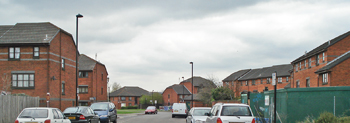
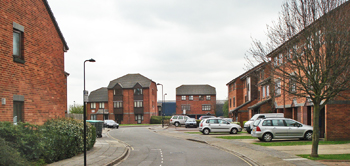
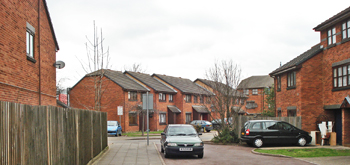
New housing now occupies part of the site (above).
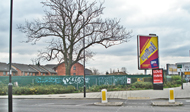

The derelict plot on the corner of Wales Farm Road and Western Avenue still awaits redevelopment. In 2008 the Big Yellow Self-Storage Company was granted planning permission to erect offices and a large self-storage warehouse.
Update: January 2011
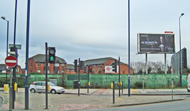

The wasteland remains after several decades.
A £73m road widening scheme for Western Avenue (A40) was abandoned in 1996, despite demolition of many properties lining the route, resulting in a depressing eyesore along one of the busiest roads into London.
http://hansard.millbanksystems.com (1978)
http://hansard.millbanksystems.com (1986)
www.actonhistory.co.uk
www.british-history.ac.uk
www.geograph.org.uk (1)
www.geograph.org.uk (2)
www.theyworkforyou.com
Return to home page